December 3, 2020
By George Leyva, visitor services associate
As we near the end of a tumultuous year, cities are starting to settle into the reality of a long-term battle with COVID-19. Included in this process is the question of how to reopen cultural organizations like museums—what guidelines and restrictions are necessary to keep everyone safe on-site?
Housed in a historic building, The Wolfsonian–FIU faces a unique set of reopening challenges, complications which our team have been mulling over since late spring. The former Washington Storage Company is seven stories tall, with a single public elevator and stairwell available to visitors. Considering CDC recommendations for social distancing and controlling flow, it quickly became apparent that in order to protect our guests, we would need to reconfigure the entire experience of the museum.
Our curatorial and exhibitions teams have reimagined The Wolfsonian's first floor as gallery space, bringing the art down to ground level so tourists and Miami residents can explore with ease. Four new installations capture the tempest that was 2020 by responding to the present moment through timely subjects and themes: economic catastrophe and recovery, protest against racist violence, and public response to epidemic disease. Before you drop by, read up on the shows here and review our visit page so that you know what to expect when you're in the building.
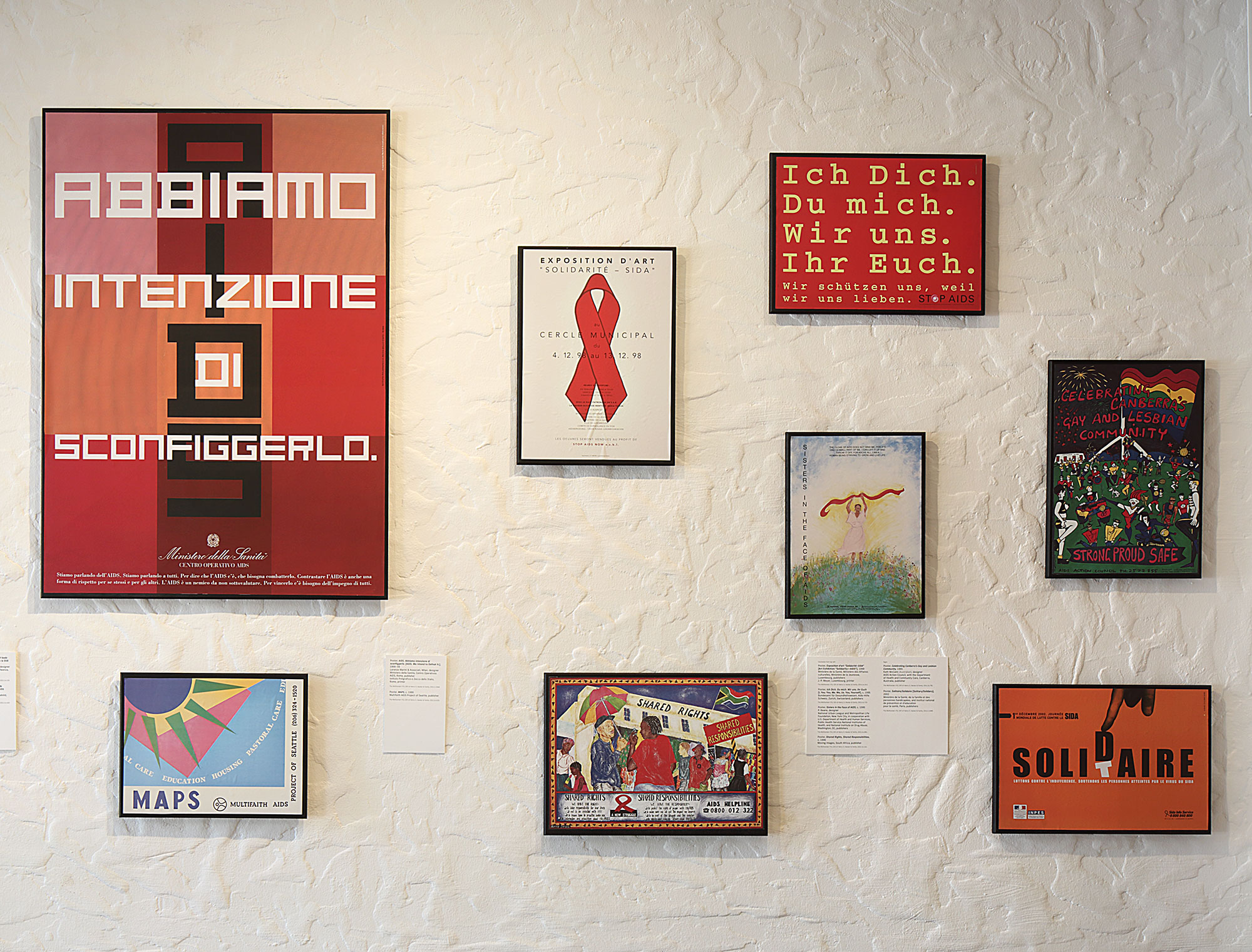
The New Deal: Art Relief
When the COVID-19 pandemic reached the United States earlier this year, it gutted the economy, putting millions of Americans out of work and forcing countless businesses and industries into bankruptcy. As the country struggles to recover from the financial damage caused by the coronavirus, we can look back to the economic plight of Americans during the Great Depression, likewise a time of dire need and desperation, for indications of what to expect: unemployment lines, lost savings, foreclosed properties, even homelessness.
But some incredible innovation came out of the Great Depression as well. When Franklin D. Roosevelt was sworn in as President in 1933, he launched his New Deal, which sought to bring major economic relief to millions of unemployed Americans. One part of this program was the Works Progress Administration, which launched in 1935 and created millions of jobs for people of various occupations, including those in the arts; and the Federal One project, a subset of the WPA, specifically aimed to help out visual artists, writers, theater professionals, and musicians.
In the Federal Art Project, one of Federal One's divisions, visual artists were employed for a variety of tasks, including those related to tourism. Posters like Visit Pennsylvania: Where Pre-Revolutionary Costumes Still Survive and Wild Life: The National Parks Preserve All Life encouraged Americans to travel domestically, an affordable leisure option that fed much-needed dollars back into landmark sites around the country.
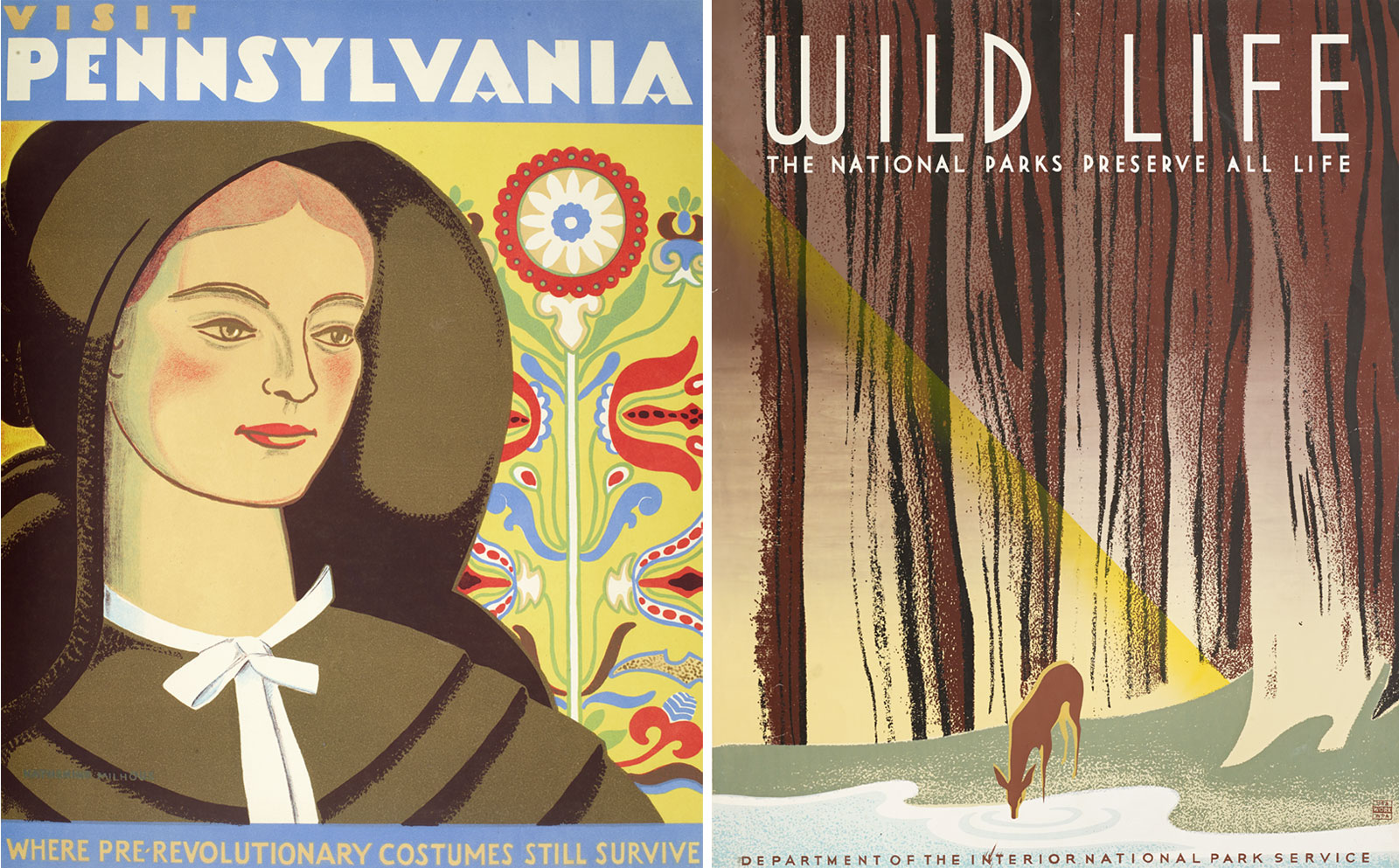
Another division, the Federal Writers' Project, similarly instilled a sense of national pride by employing writers to document state and regional histories and legends, as in books like Lords of the Old West. The performing arts were considered just as vital. For the Federal Theater Project, thousands of professional theater workers were hired to put on free or at-cost productions, including Merry Wives of Windsor, that reached an audience of 15 million people.
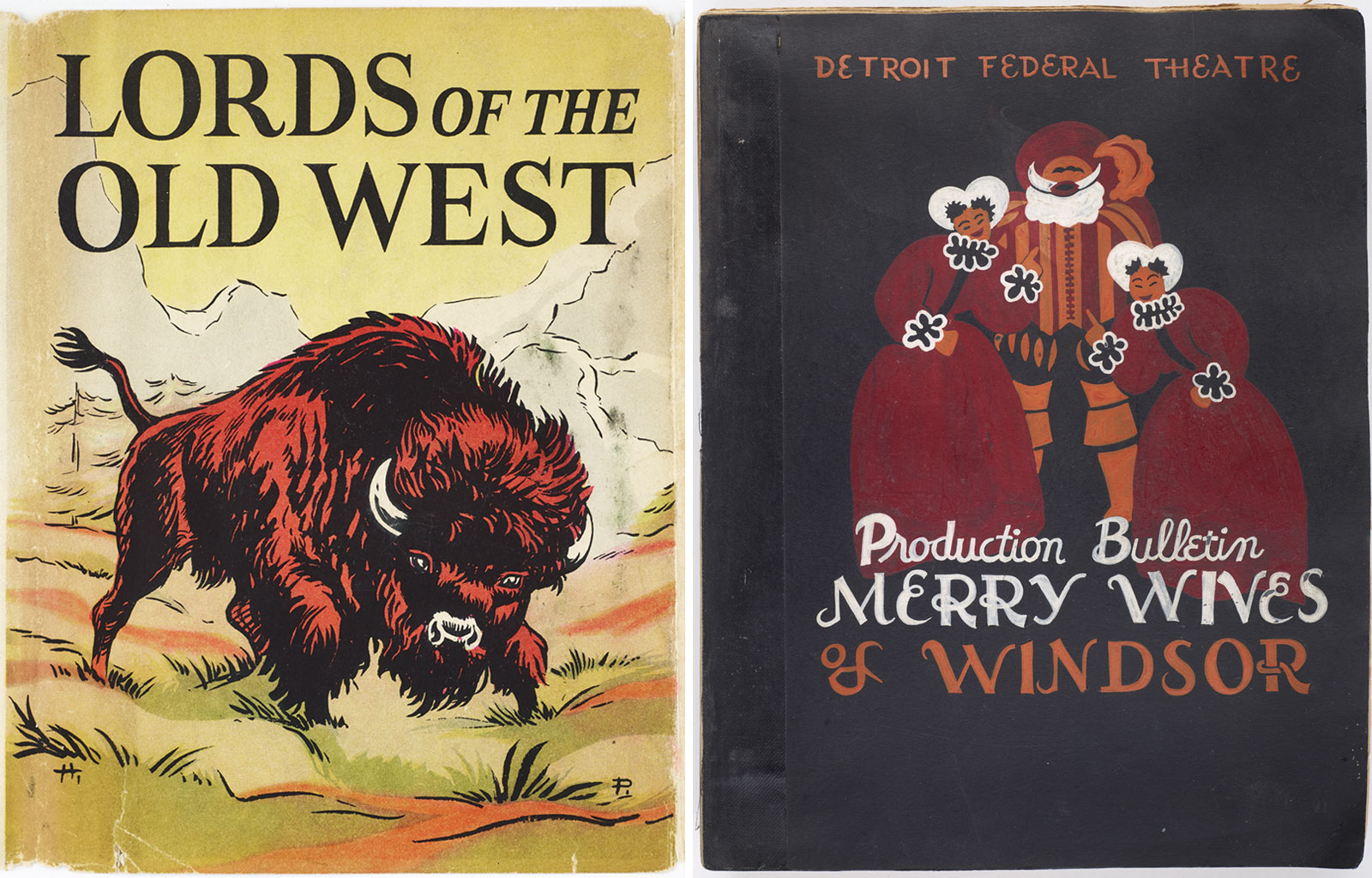
One notable example involved an innovative adaptation of Shakespeare's Macbeth by the Negro Theatre of New York, which set the play in Haiti during its revolution.
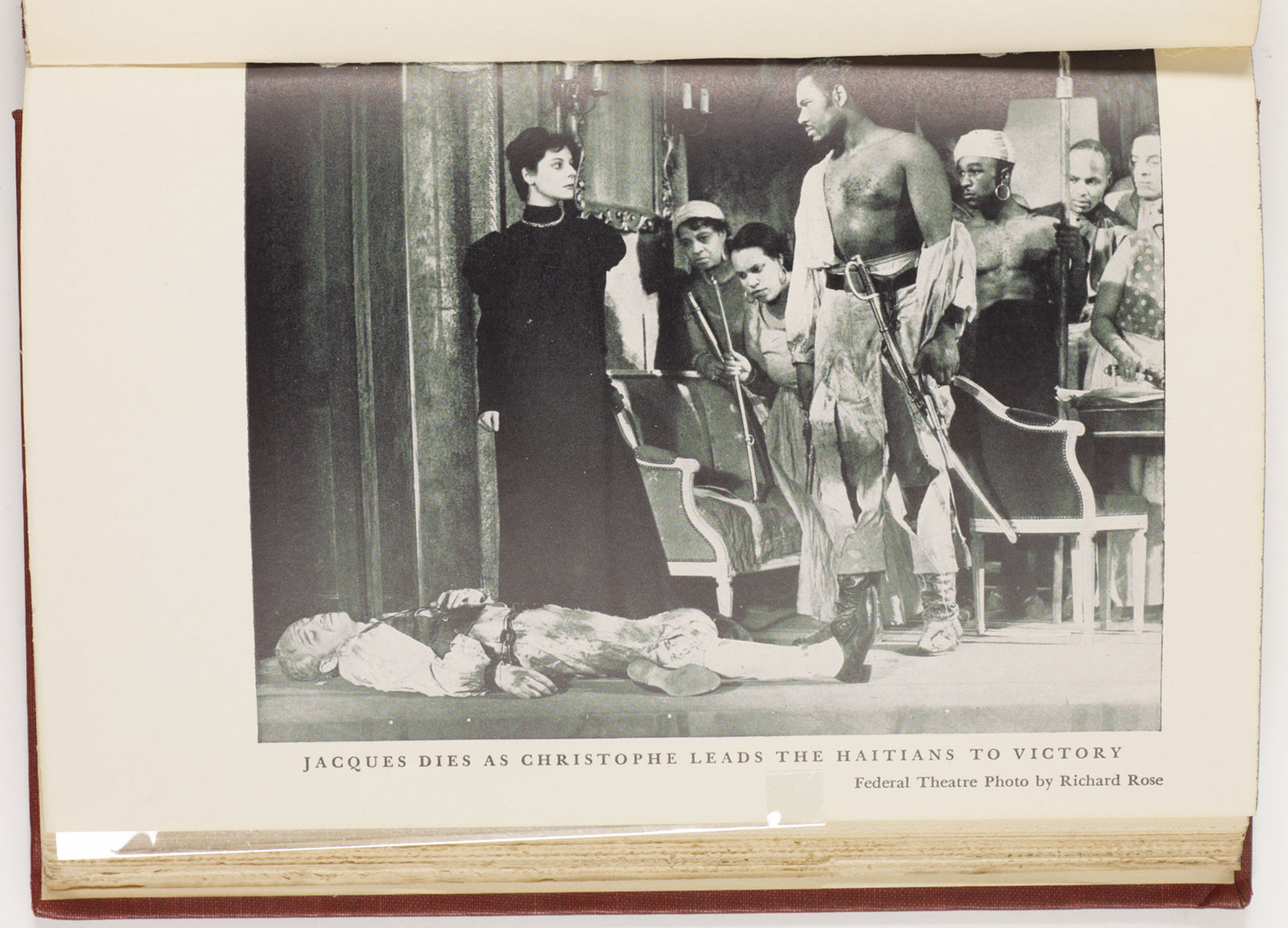
Musicians, too, found jobs through the Federal Music Project, which engaged in preserving and celebrating our nation's diverse folk and regional musical heritage, as shown by pamphlets like Songs About Nebraska and Pioneer Dance Calls.
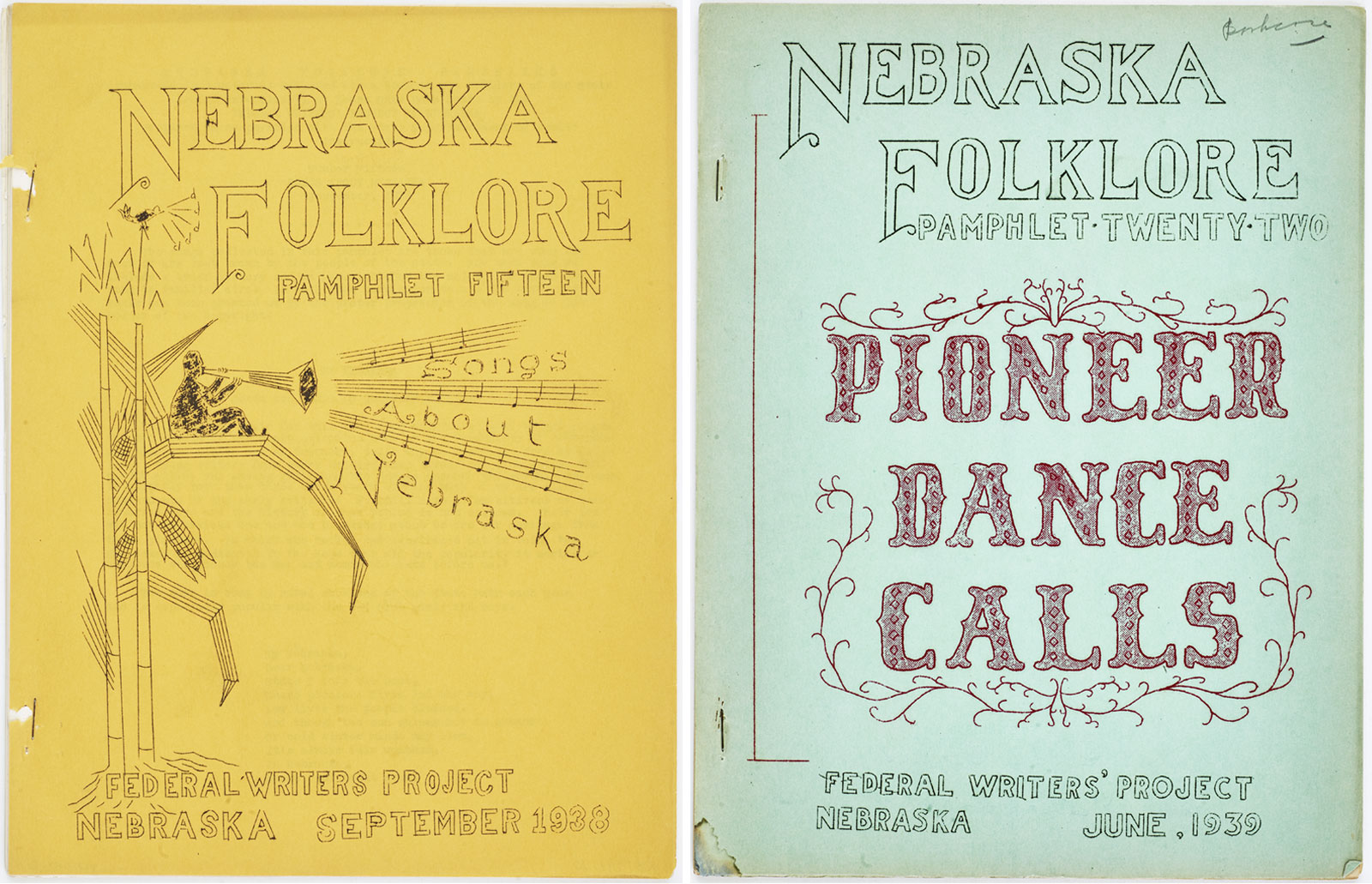
Art for Justice
From the shooting death of Breonna Taylor to the killing of George Floyd, events of 2020 have put a huge spotlight on the evil of systemic racism that has long plagued our nation. Millions of Americans have taken to the streets to call for fundamental changes in our justice system to guarantee equal treatment under the law. Many echoes of this can be found in the past, including the case of the so-called Scottsboro boys.
In 1931, nine Black teenagers were arrested after a fight broke out between Black and white youths "riding the rails" in search of work. Nearly lynched after two white girls falsely accused them of rape, the teenagers were convicted a few weeks later by all-white juries in Scottsboro, Alabama. All but the youngest was sentenced to death.
The Communist Party of the United States recognized the significance of the case and took up the Scottsboro boys' defense. Eventually, the Party managed to get a retrial for the teenagers, leading to the release of four. The Communist Party launched worldwide demonstrations on behalf of the wrongfully imprisoned young men, denouncing white supremacy as a byproduct of capitalism.
The campaign against racism spurred on by the case of the Scottsboro boys took many forms. Lin Shi Khan and Ralph Austin created a prospectus for a book, Scottsboro: A Story in Linoleum Cuts, in 1933. In it, the case of the Scottsboro boys is set within a longer arc of history, which starts with the kidnapping, transportation, and selling of Africans into slavery in the New World, and ends with the call for workers of all races to unite in the fight against racism and capitalist exploitation.
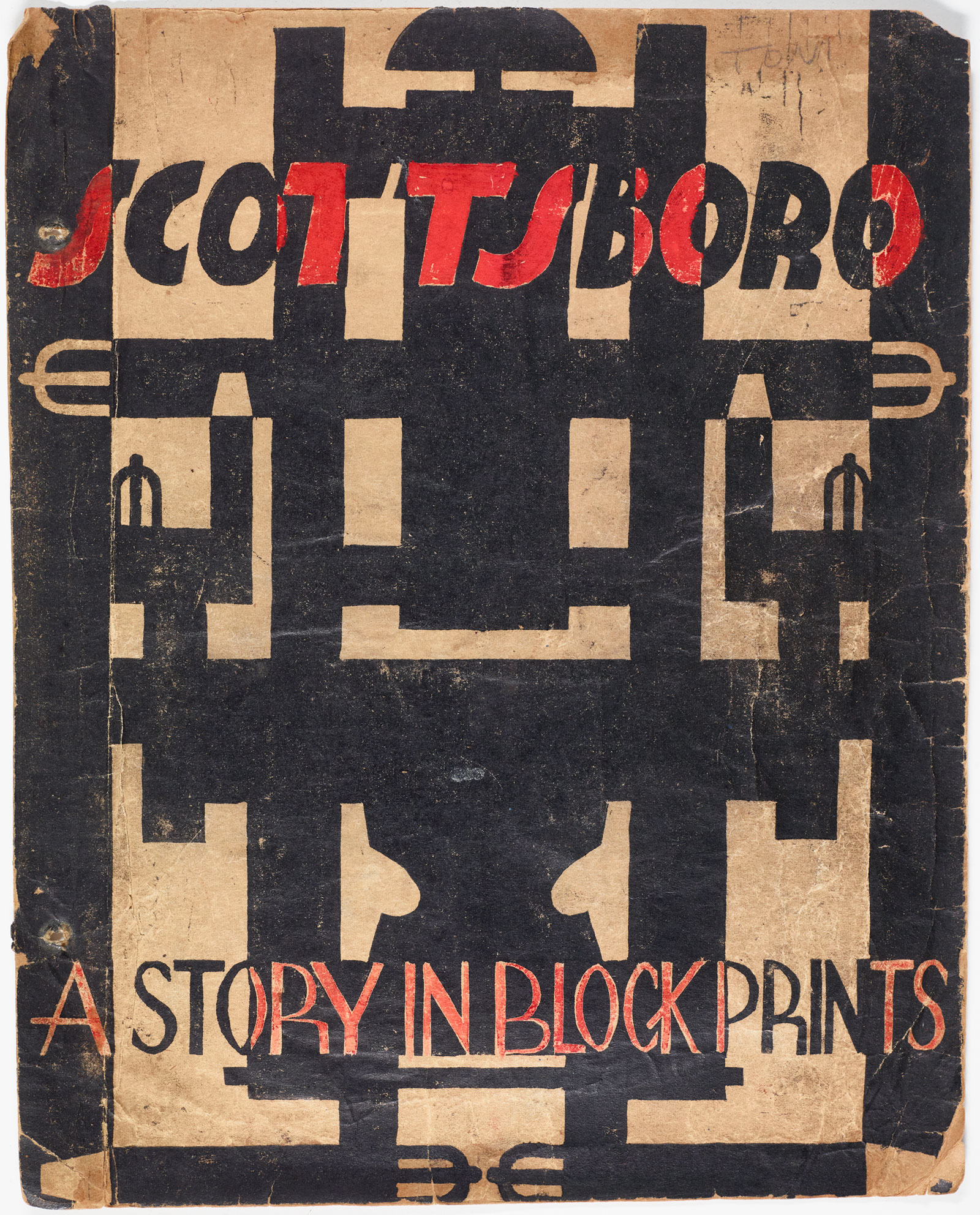
Works that condemned lynching elaborated upon this connection between racism and capitalism. In Hugo Gellert's print Stake in the Commonwealth, the artist argued that the only stake that Black people could expect in America was to be burned at the stake in a lynching. And in the banner Stop Lynching. Shame of America, the Rebel Arts Group depicted the industrial working class at the vanguard of the anti-lynching campaign.
You, Me, We, Us: Solidarity in AIDS Graphic Campaign
The COVID-19 pandemic has infected tens of millions of people worldwide, including over a million who have died, since it first appeared late last year. Because it was first reported to have appeared in China, xenophobes in the U.S. jumped at the chance to cast coronavirus derogatorily as the "kung flu" or "China virus" and discriminated against people of Asian descent. During these last several months, terms like "social distancing" have become household phrases as people have adopted quarantine measures in order to stop the spread of the disease. At the same time, the mental health of many has been adversely affected in one way or another, and it's increasingly common for feelings of despair and loneliness to bubble to the surface. We all miss the days when we could hug each other without fear of getting sick.
Again, there are some parallels to the past. Nearly 40 years ago, HIV/AIDS made its first appearance in the world. The virus at first disproportionately affected gay men in the U.S. and Europe, and those infected were targets of shaming and stigma. That stigma evolved as the disease spread globally—leaving hardly anyone without a lost family member, friend, or acquaintance—and its devastating impact was felt far beyond LGBTQ communities. Recognizing the need for empathy as a tool for dismantling stigma, organizations produced a slew of posters that offered emotional support, social guidance, and life-saving information.
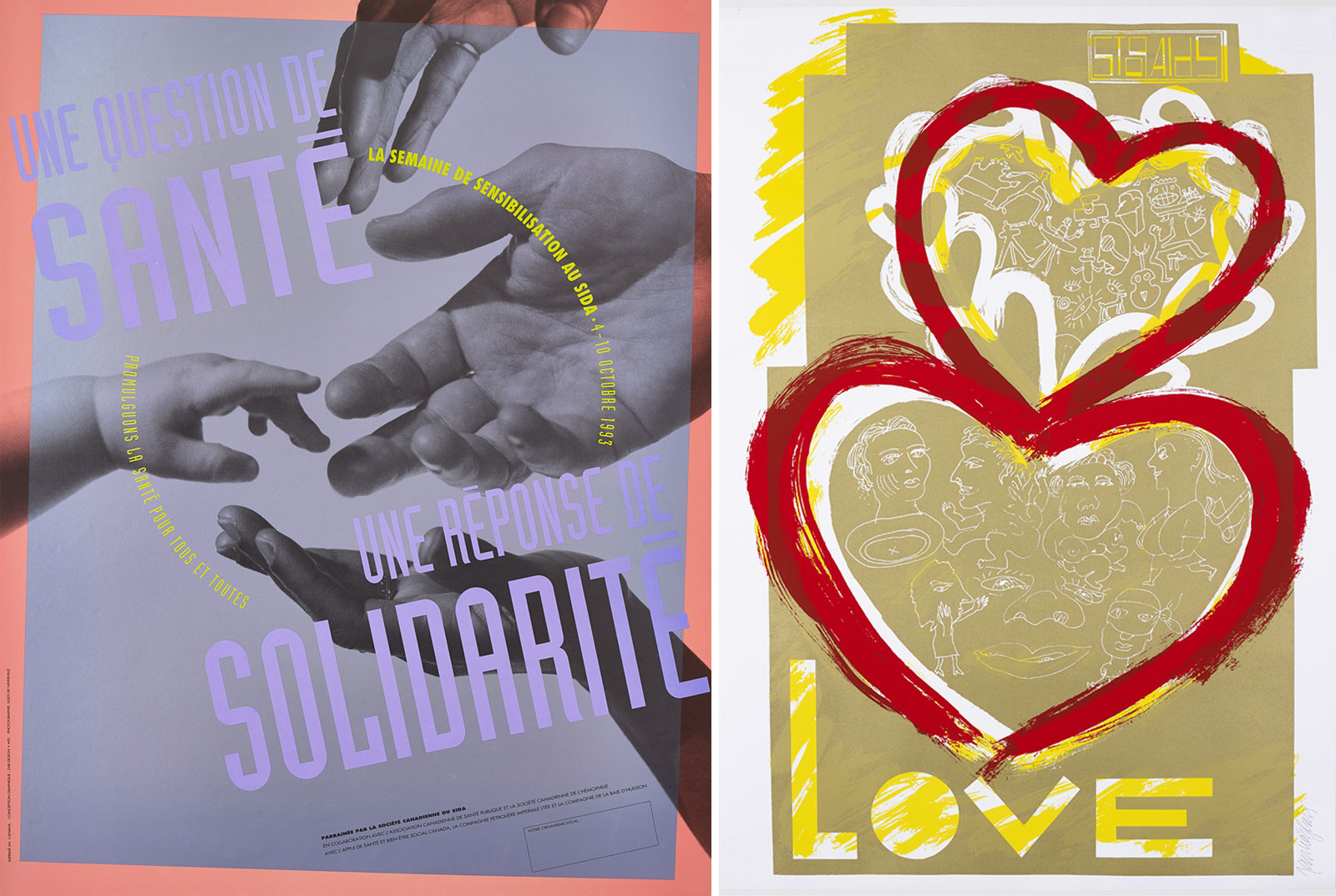
The Wolfsonian–FIU is home to more than 2,000 HIV/AIDS awareness posters from around the world, all donated by Henry S. Hacker. In the 1993 poster Une question de santé, Une réponse de solidarité [A Question of Health, A Response of Solidarity], a group of hands reach out to touch a child's hand—a simple gesture of human connection and kindness considered taboo in the early days of the epidemic (so much so that when Princess Diana shook hands with an AIDS-suffering patient in 1987, she made headlines). The 1995 poster Stop AIDS. Love puts this message even more plainly—the imagery of heart shapes is clear in showing that to stop the virus, we must love one another. The 2002 poster Solitaire/Solidaire [Solitary/Solidary] frames this effort as the responsibility of a community; the "t" in the French word for solitary is crushed by the "d" in the French word for solidary, making it clear that the whole society must come together to tackle AIDS.
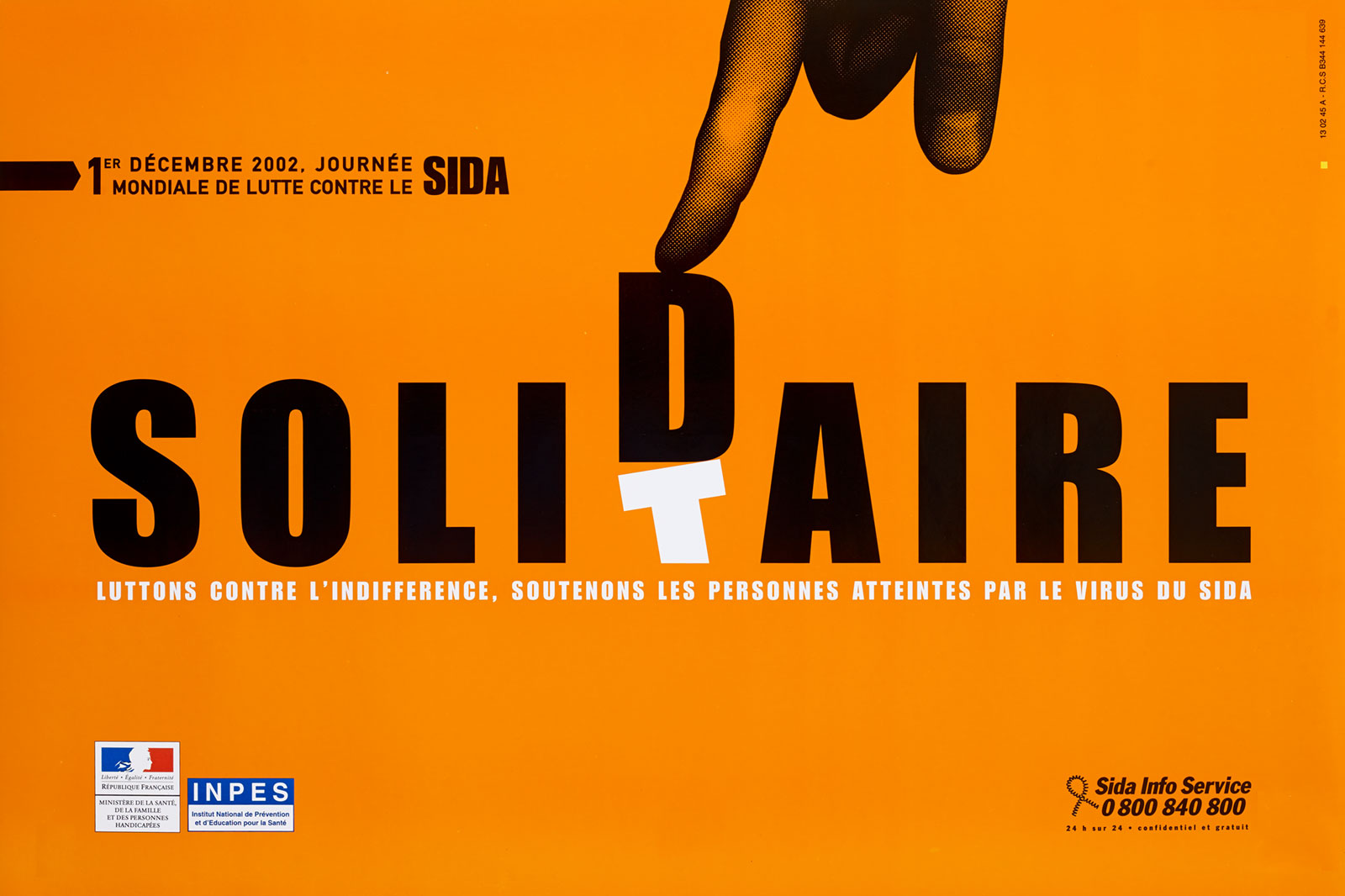
Color and Form: American Depression Glass
During the course of this pandemic, people have taken up a number of hobbies and activities to pass the time in quarantine. From Animal Crossing to The Last Dance, there has never been a shortage of things to do to keep oneself occupied. Without video games or Netflix, however, families of the Great Depression had far fewer options for entertainment than we do today. One surprisingly attainable outlet for creativity? Collecting.
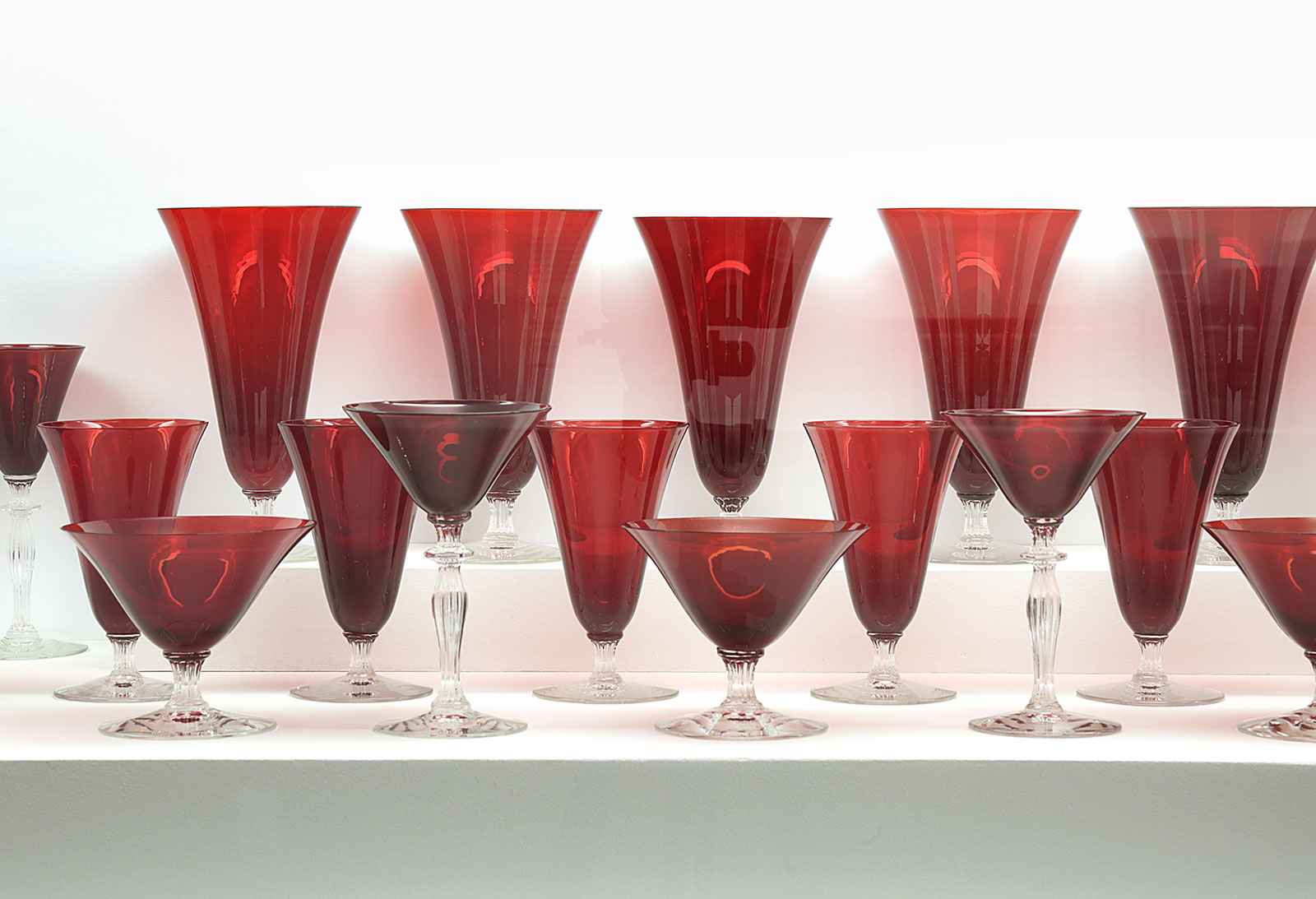
Multi-hued glassware, dubbed "Depression glass," was widely available and highly coveted between the late 1920s and early 1950s. Made cheaply and distributed at a low cost or for free, the lines of tableware and stemware piqued interest when companies began leaving pieces from their sets in cereal boxes and at movie theaters and gas stations as purchase incentives. These promotions by companies like Cambridge and A. H. Heisey encouraged Americans to begin collecting, sometimes buying entire sets in a rainbow of colors. The late Arva Moore Parks, a leader in local history and preservation efforts in Miami, was one such collector, amassing a set of nearly 1,000 pieces that she gifted to The Wolfsonian in 2017. Color and Form presents a selection from that gift.
Visiting The Wolfsonian–FIU
Although The Wolfsonian is opening up to the public once again, the COVID-19 pandemic is far from over, especially without a vaccine on the horizon. So to ensure a safe and pleasant visit, please book your free timed ticket, wear a face mask, and stay at least six feet from others that are not part of your household. When you arrive, enter the front doors as you would normally, then follow the directions of our visitor services specialists and signage to loop through the shows before heading out of the Design Store ("exit through the gift shop!").
